

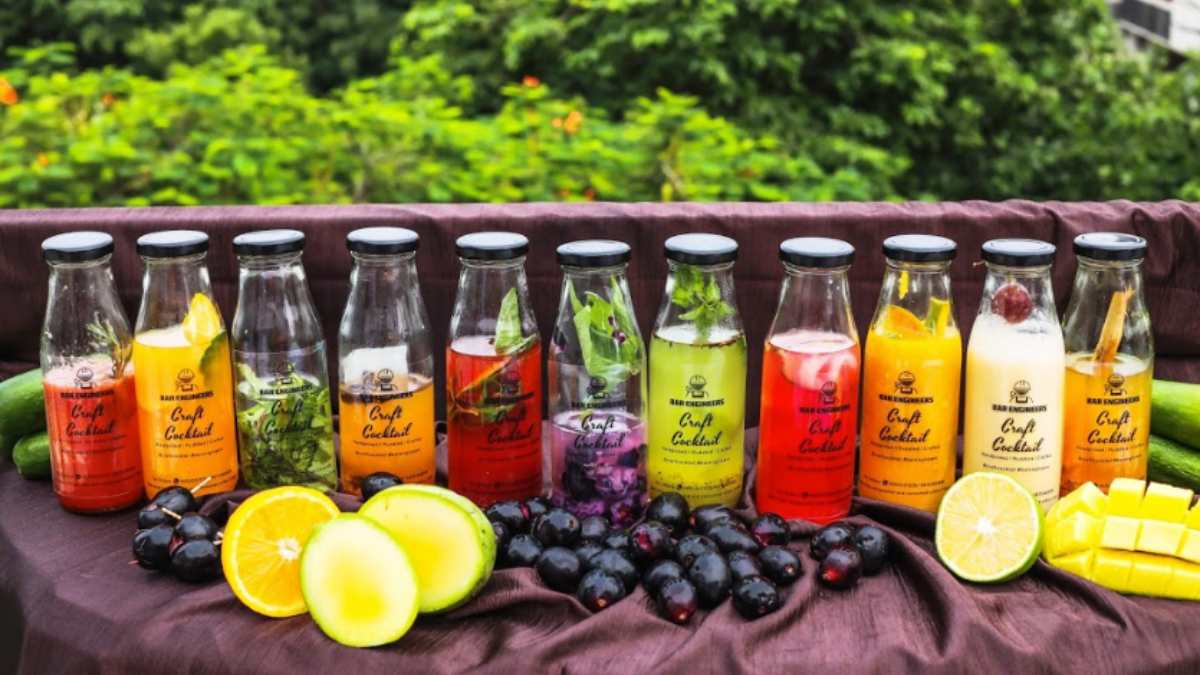
I believe that if each one of us who is fortunately placed in life can make a real difference, for starters, to the lives of our house help, we could contribute collectively to the unfinished task of rooting out poverty. I’d like to share how a couple, both outstanding professionals living in Defence Colony, turned the Lockdown into an opportunity for their maid and her son.
Neeta Raheja (a noted wedding planner and head of a PR firm) and Adishwar Puri (who’s in the fragrant business of producing potpourri) are famous for treats that their household staff keep producing in a jiffy whenever visitors drop in. I am a great fan of the shammi kabab served at their home, but Neeta and Adishwar realised the commercial potential of the food they served at home when a friend of theirs — at a time when home de- livery services had not yet gathered momentum — asked them to pack some biryani, kababs and mirchi ka saalan to be sent over to Puneet Sikand, Delhi’s much- acclaimed wedding caterer, to celebrate a matrimonial alliance.
The family that ordered the food, which was prepared by the cook who has been serving Raheja and Puri for the past 25 years, got back saying that Sikand, who knows his food better than most of us, just loved the mirchi ka saalan. Raheja and Puri knew immediately that their cook, Saraswati Thapa, who’s from the city of Butwal in Nepal, was on to a good thing, so they got her home delivery service off the ground with a limited menu — mutton and chicken biryani, vegetarian pulao, shaami kabab, mirchi ka saalan and raita.
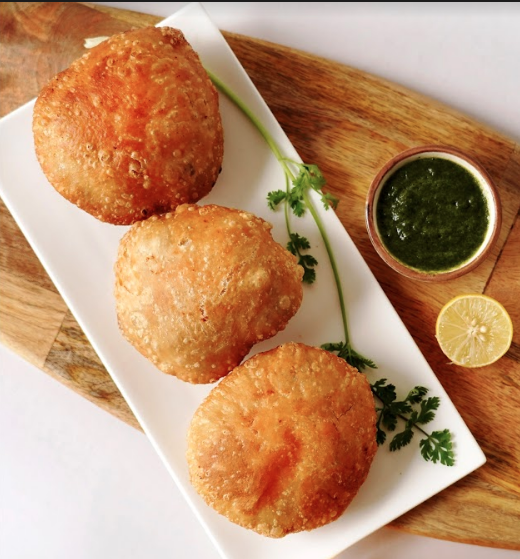
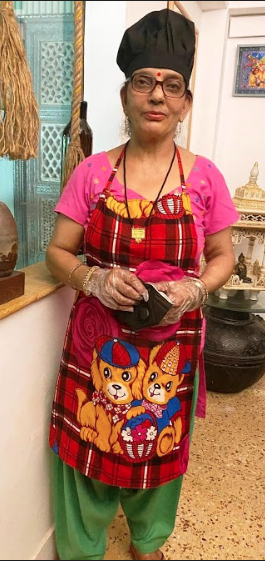
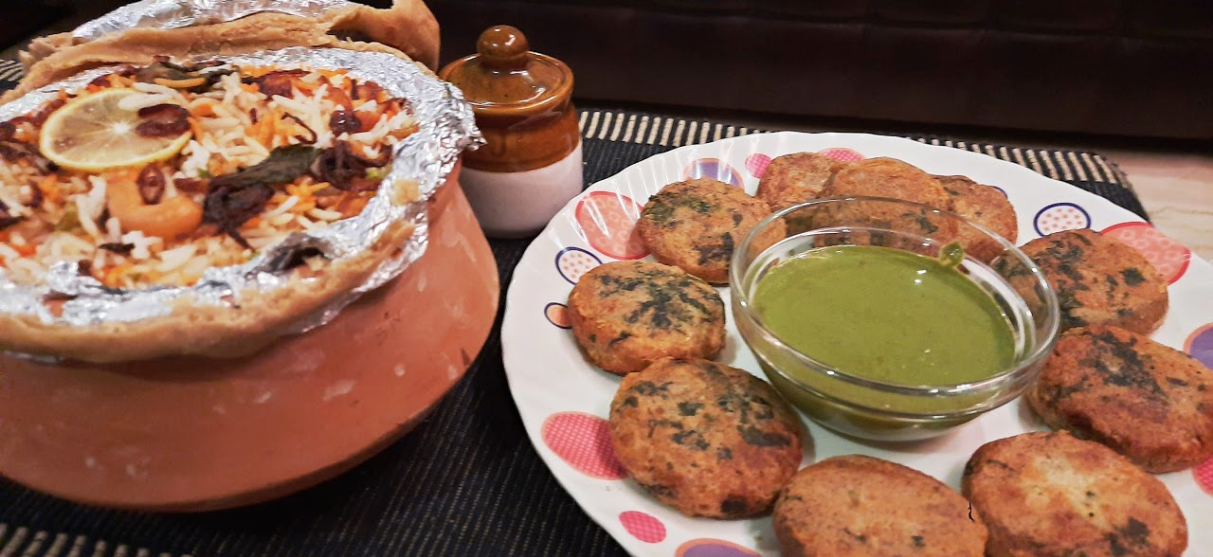
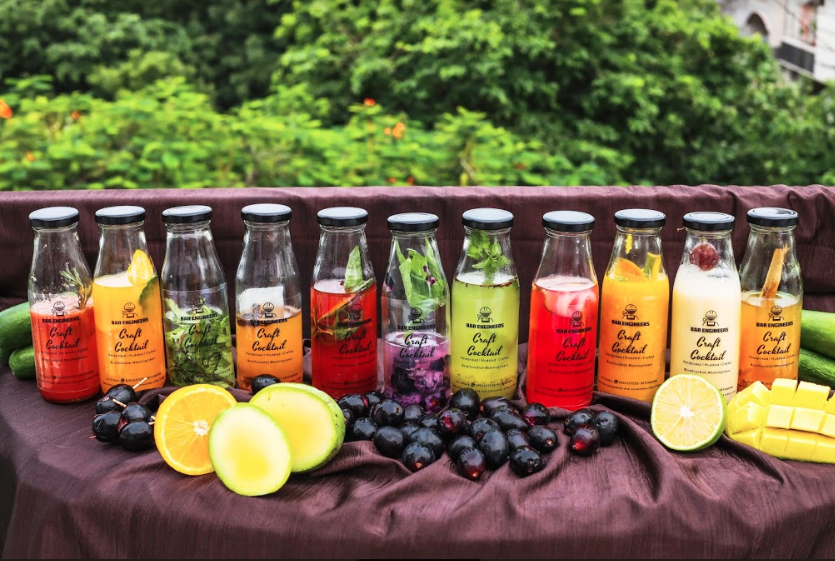
Neeta got an old colleague of hers, Tejween Kaur, who runs her own wedding agency, to help with the packaging, which means the handi of biryani comes wrapped in a piece of ornamental cloth, and the order is delivered home in an elegant-looking brown paper bag. Thapa’s son Rahul doubles as delivery boy and keeper of accounts. And Adishwar is the in-house critic — it is who takes the call on whether the complimentary accompaniment of the day will be mirchi ka saalan or a daal, depending on the thickness of the green chillies that go into the saalan.
The other day I asked for a mutton biryani (made to perfection with really juicy mutton, some still on the bone), which came with generous helpings of mirchi ka saalan, raita and sirka pyaaz (baby pearl onions soaked in vinegar), and a kilo of meaty, coal-smoked shammi kababs, pan- fried so delicately as not to leave any sign of the cooking medium. The cost worked out to be Rs 800 for biryani good enough to feed four people and Rs 850 for a kilo of shammi kababs (10 to 12 pieces to a kilo).
With such friendly pricing a family of four can happily have a satisfying home-cooked meal for Rs 400 per person. It’s a great deal for the patrons of what is still a limited home delivery service. And for Thapa, it’s an opportunity to turn entrepreneurial along with her son and rise above her present station in life.
Kachoris on call
Banker-turned-food entrepreneur Sid Mathur hasn’t been complaining about Covid-19 for a good reason. He has tasted success with hismithaibrand Khoya, whose sales figures for July and August surpassed those recorded in the same months last year.
At a time when Covid-19 has left the hospitality sector wounded, online food sales have never done better, riding of course on the unexpected surge in e-commerce, which has seen 10 years of growth in just the past five months. Indian mithai, moreover, is not easy to make at home, so if you’re locked down at home, you have no option but to order online when you crave for besan laddoos, or ghewar, as I discovered more recently. Khoya’s ghewar gave my favourite from Kaleva a run for its money.
Buoyed by the success of Khoya’s sweetmeats, Sid has just launched a range of home- delivered, heat-and-eat pyaaz kachoris, inspired by the ones his staff had prepared as a tea-time snack for his office staff. It’s not easy to find good-quality kachoris in Delhi, unless you go to Bengali Market or Chandni Chowk. Sid has made this evergreen tea-time snack accessible to all. What I loved about the kachoris is that, though they come with the cautionary note that they have to be consumed within an hour, I had the last one of them three days after they arrived and found no difference in taste or freshness. (And do check out khoyamithai. com.)
Elaneer & Old Monk
I DON’T know whether you realised it, apart from becoming home cooks — the startling numbers follow in the next item — we have also become pros at mixing our own cocktails, thanks to what seemed like an endless ban on restaurants serving alcohol (and even now the nightclubs are shut). With their workplaces shut, a number of bartenders turned to creative ways to earn a living and out of their efforts was born a cottage industry of non- alcoholic cocktail mixers.
What caught my attention, though, was the Elaneer Colada (from the Craft Cocktails range of 11 pre-mixes of the Bar Engineers) — inspired no doubt by Kerala’s coconut milk kheer, elaneer payasam — because it got along with my Old Monk rum like a house on fire. I did mix it with soda fearing an overpowering sweetness, but it was balanced and complemented the rum as if their match was made in heaven. The fruit-based mixers were all seasonal, so the Jamun and Basil combination may not be available now as a substitute for tonic in a GNT, nor may the raw mango, cucumber and mint mix, but I am sure the inventive folks at Bar Engineers must have come up with more. (Go to www.barengineers.com to find out more.)
A nation of Re-born cooks
IF THE Lockdown achieved something, it was to unlock the vast reservoir of home cooking talent in our country. Overnight, women who left cooking at home to household help, started cooking, as did men, sometimes out of sheer boredom, and young working couples with no children, who either ate out or ordered in. You just had to look up Facebook or Instagram in those three or four months, and all you could see were pictures of home-cooked meals popping up. Statistically speaking, people cooked at home 53 per cent more than before. Does it spell a new and unforeseen challenge for the restaurant business? Watch this space to find out more.
Sourish Bhattacharyya has been writing about food and drinks for the past two decades. He is also co-editing with Colleen Taylor Sen ‘The Companion to Indian Food’ for Bloomsbury, UK, which is scheduled to come out in 2022.